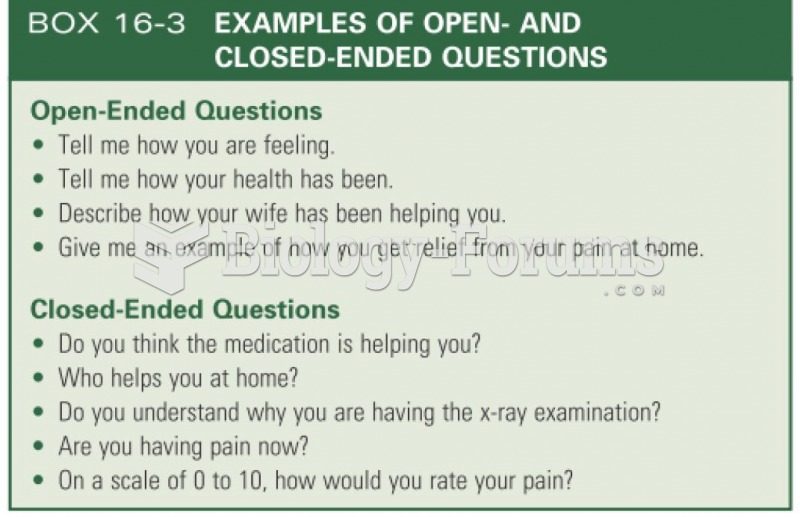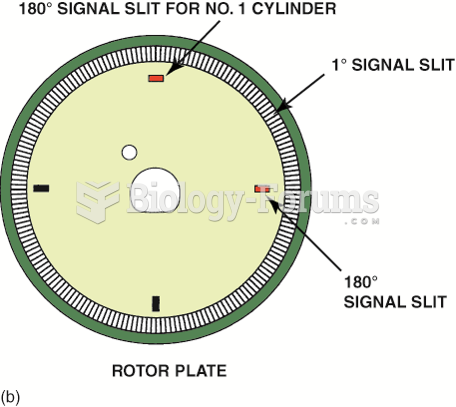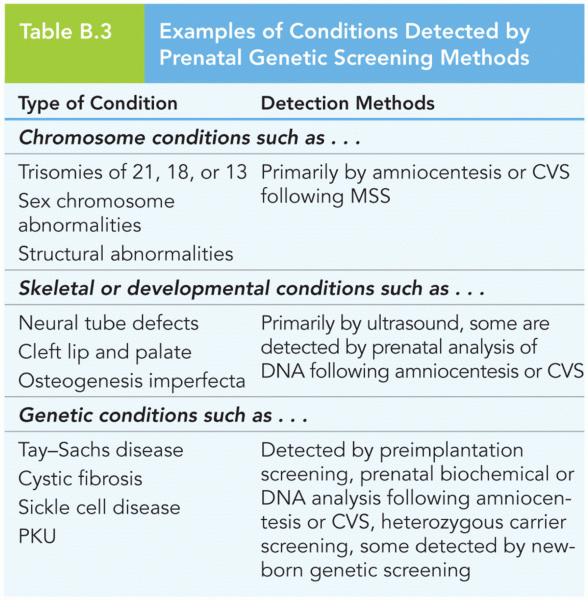Answer to Question 1
Institutional Signage: Inside the store, the first level of visual communications is known as institutional signage, or signage that describes the merchandising mission, customer-service policies, and other messages on behalf of the retail institution. This signage might include messages such as Lowest Price Guaranteed and All Major Credit Cards Accepted..
Directional, Departmental, and Category Signage: Directional and departmental signage serves as the highest level of organization in an overall signage program. For instance, when you enter a Lowe's with its more than 25-foot ceilings and large metal warehouse racks organized into a grid shopping pattern and covering several acres of floor space, it would be very difficult to find merchandise without Lowe's use of large and bold signs showing the location of the paint department, plumbing department, electrical department, lumber department, and gardening department. Once a shopper locates and moves close to a particular department, category signage is used to call out and locate specific merchandise categories. For instance, the departmental sign might say Sporting Goods, be two feet high and six feet wide, and hang from the ceiling. On the other hand, the category signage might be only six inches high and two feet wide, affixed to the top of the gondola, and read Hunting, Tennis, or Fitness..
Point-of-Sale Signage: The next level of signageeven smaller and placed closer to the merchandiseis known as point-of-sale (POS) signage. POS signage is intended to give details about specific merchandise items, it usually contains more words and is affixed directly to fixtures. Special POS signs for sales, clearance, and As Advertised are often different colors than the normal price signage to highlight these special values.
Answer to Question 2
T







